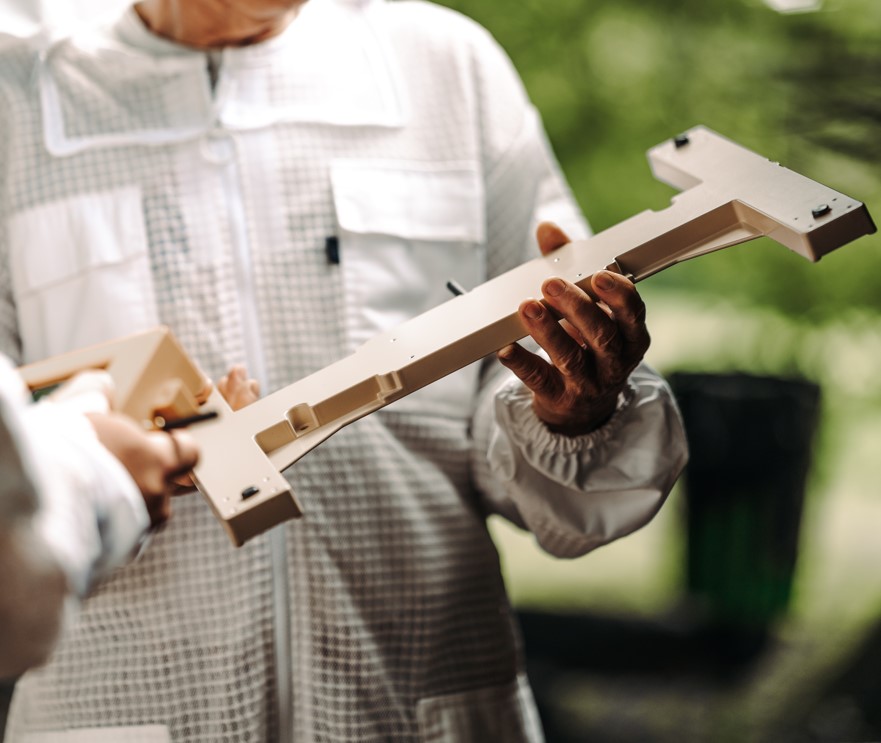In May, beekeepers have several important tasks related to the maintenance and care of their hives and bees. Here are some of the things that beekeepers typically do in May.
Hive inspections: Beekeepers will carefully inspect each hive to assess the health of the colony, check for signs of disease or infestation, and ensure that the queen is laying eggs and the worker bees are busy tending to their tasks.
Swarm prevention or capture: As the weather warms up, honeybee colonies may become overcrowded, and some bees may leave the hive to form a new colony elsewhere. To prevent or manage swarms, beekeepers may use various techniques such as splitting the hive, providing additional space, or capturing and relocating swarms.
Honey harvest: Depending on the region and local weather patterns, beekeepers may begin to harvest honey in May. This involves carefully removing frames of honeycomb from the hive, extracting the honey, and preparing it for sale or consumption.
Pests and disease management: Beekeepers must vigilantly monitor their hives for signs of pests or diseases that can harm their bees, such as mites, beetles, or bacterial infections. If any issues are detected, beekeepers may use treatments or management strategies to protect their colonies.
Feeding and supplementing: In some cases, beekeepers may need to supplement the bees' diet with sugar water or pollen patties to ensure that the colony has enough food to thrive during times of scarcity.

Overall, May is a critical month for beekeepers, as it sets the stage for the rest of the season. By carefully managing their hives and supporting their bees, beekeepers can ensure a successful and productive season of honey production and pollination.

We can help you managing your hive! Our BeeConn beekeeping scales are important tools used in beekeeping to measure the weight of beehives. They provide valuable information about the health and productivity of the bee colonies, and can help beekeepers make informed decisions about managing their hives.